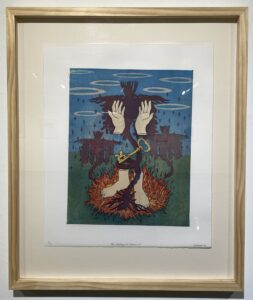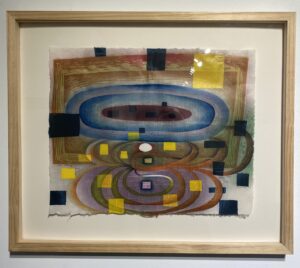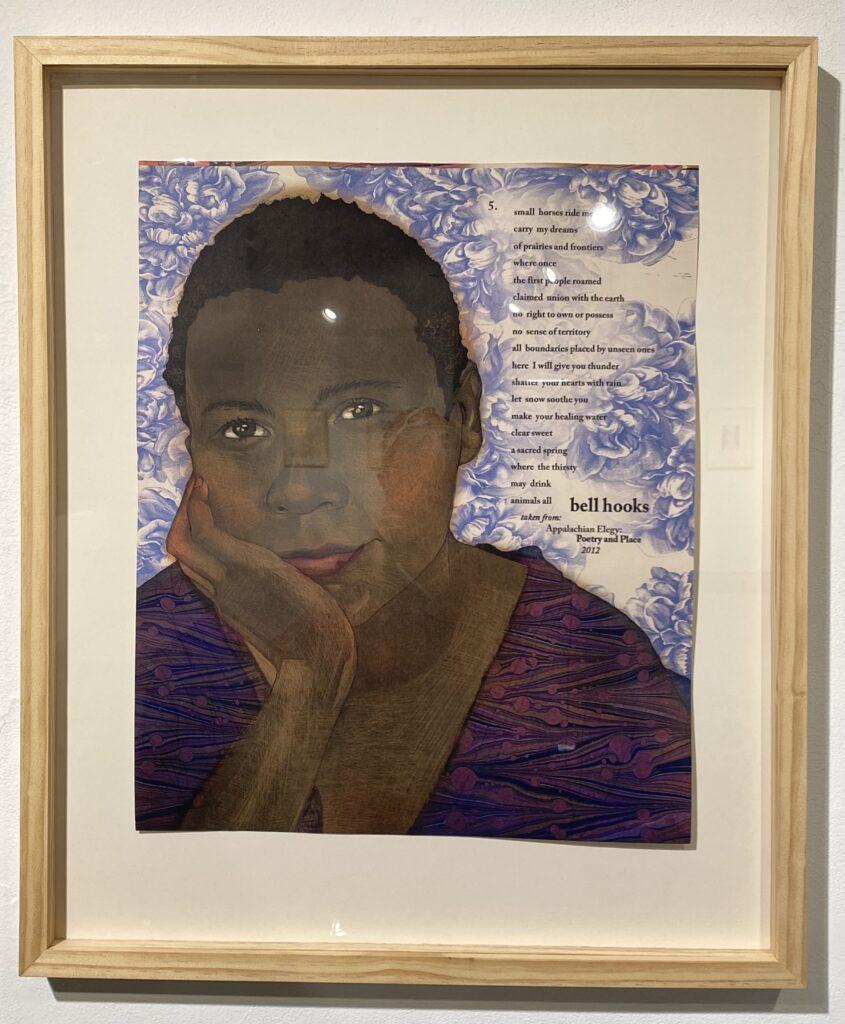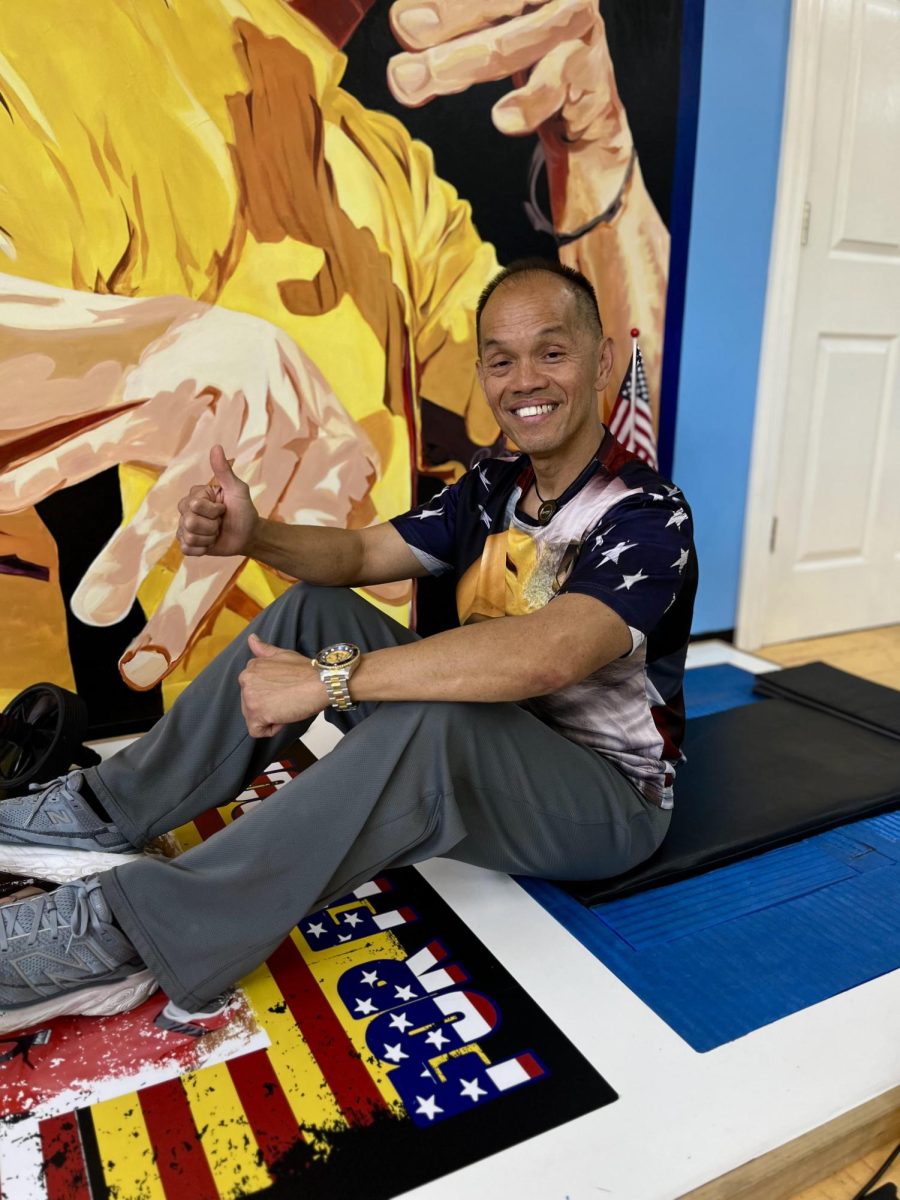Dionte Berry
Features Editor
dberry11@murraystate.edu
Inspired by a collection of poems by Gloria Watkins, better known by her pen name “bell hooks,” “Visual Elegy” is an art exhibit composed of print pieces made by artists around the country.
hooks’ collection of poems, “Appalachian Elegy” is the focus of the print exhibit. The exhibit is curated by Nicole Hand, professor of art in the department of art and design and assistant dean for the college of humanities and fine arts, with 27 female artists providing print pieces.
Alongside Hand was Carrie Jerrell, assistant professor of English and assistant to the dean of humanities and fine arts. Jerrell helped Hand plan for the exhibit.

“‘Visual Elegy’ is a curated exchange where I invited artists to participate who I knew were interested in feminism, literature and had knowledge of bell hooks,” Hand said. “They were asked to make prints that responded to the novel as a whole or an individual poem.”
Planning for “Visual Elegy” began in 2015. Originally it was to be an exhibit for Women’s History Month.
“We chose bell hooks because the Women’s History Month projects aimed to highlight the achievements of women in our region, as well as major historical figures whose contributions to the progress of women have been invaluable,” Jerrell said.
hooks is a Kentucky native from Hopkinsville. Her writing tends to focus on race, feminism and social activism. However, though “Appalachian Elegy” may have some of hooks’ well known focuses within it, overall the novel describes her Kentucky upbringing and explores the ideas of home and place.
“In the poems from ‘Appalachian Elegy,’ hooks both mourns and celebrates her Kentucky upbringing,” Jerrell said. “The poems are grounded in the landscape and people of the region, but they explore other themes including race relations, authority, injustice, family, memory and environmental destruction.”
Hooks’ work was suggested by Jerrell because it also has a significance to her own studies and that of Hand’s, like the theme of place.
“The themes of home and place have been topics that I explore in my own work,” Hand said. “I specifically look at how place and the spaces we live impact our choices.”
hooks’ work was also seen as a desired focus of the exhibit because of her Kentucky upbringing and background.
“Carrie and I have worked on a bunch of projects prior to this and so when we were talking about this project she suggested this book of poetry because it dealt with the idea of place which has been significant within both of our research,” Hand said.

With the ideas from hooks’ poetry, artists from 21 different states sent Hand their printmaking pieces. Not only did they send a piece for the exhibit but for their fellow artists as well.
“Each artist in the print exchange was asked to make a print, but then they had to make around 32 impressions of that print,” Hand said. “All the artists mailed the prints to me and then I took one print from each artist and they were collected so that each artist received one print back from each person.”
Printmaking is Hand’s focus as an artist and professor, but it was also chosen for the purpose of being exchanged. A painting exists as one, but a print can exist as multiple.
While Hand took on the art of the exhibit, Jerrell carried out some of the literary side.
“I selected the text from the novel, wrote display notes for the exhibit and organized some poetry readings to accompany exhibits,” Jerrell said.
“Visual Elegy” offers a wide array of interpretations of hooks’ work and will be on display in the Eagle Upper Gallery on the seventh floor of the Fine Arts Building until March 1.




























































































